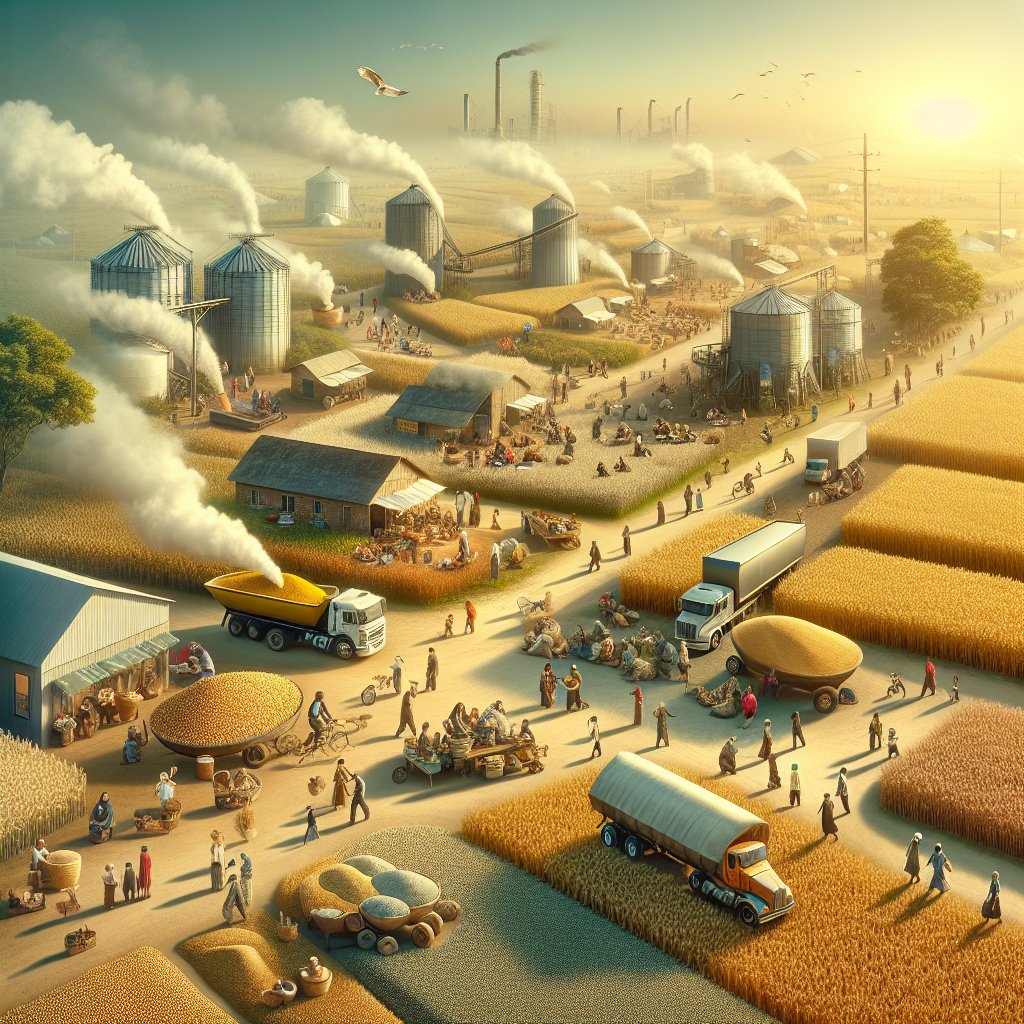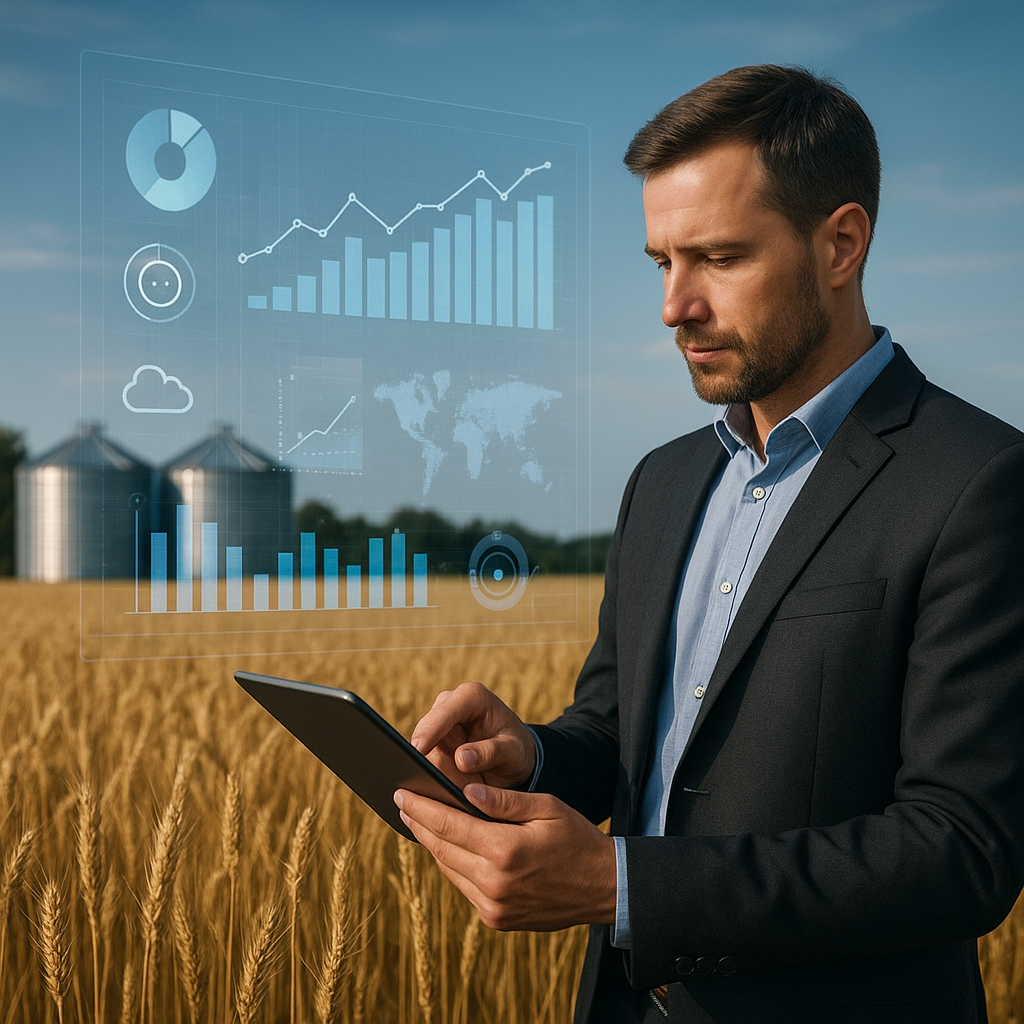Key drivers of grain demand worldwide are influenced by a complex interplay of factors, including population growth, dietary changes, economic development, and climate conditions. Understanding these drivers is essential for stakeholders in the agricultural sector, policymakers, and consumers alike, as they navigate the challenges and opportunities presented by the global grain market. This article delves into the primary factors shaping grain demand and explores their implications for food security and agricultural sustainability.
Population Growth and Urbanization
One of the most significant drivers of grain demand is the rapid growth of the global population. As the world population continues to rise, the need for food, particularly staple grains, becomes increasingly urgent. According to the United Nations, the global population is projected to reach approximately 9.7 billion by 2050. This surge in population will necessitate a substantial increase in food production, with grains playing a pivotal role in meeting this demand.
Urbanization is another critical factor contributing to grain demand. As more people move to urban areas, their dietary preferences often shift towards more processed and diverse food options, which typically require higher grain inputs. Urban populations tend to consume more meat, dairy, and processed foods, all of which rely heavily on grains for animal feed and ingredient sourcing. This transition not only increases the demand for grains but also alters the agricultural landscape, pushing farmers to adapt their practices to meet the changing needs of urban consumers.
Dietary Changes and Economic Development
As countries develop economically, their citizens often experience changes in dietary habits. In many developing nations, rising incomes lead to increased consumption of protein-rich foods, such as meat and dairy products. This shift in dietary patterns significantly impacts grain demand, as livestock production requires substantial amounts of feed grains. For instance, it is estimated that producing one kilogram of beef requires approximately seven kilograms of grain. Therefore, as more people in developing countries adopt a meat-rich diet, the demand for grains, particularly corn and soybeans, is expected to rise dramatically.
Moreover, the growing middle class in emerging economies is driving demand for processed foods, which often contain grains as key ingredients. This trend is particularly evident in countries like China and India, where economic growth has led to increased consumption of packaged and convenience foods. As these markets expand, the demand for grains will continue to grow, necessitating a reevaluation of agricultural production strategies to ensure a stable supply.
Climate Change and Agricultural Practices
Climate change poses a significant challenge to grain production and, consequently, grain demand. Altered weather patterns, increased frequency of extreme weather events, and shifting growing seasons can all impact crop yields. For instance, droughts can severely reduce the output of staple grains like wheat and corn, leading to supply shortages and increased prices. As a result, farmers may need to adapt their practices to mitigate the effects of climate change, such as adopting drought-resistant crop varieties or implementing more sustainable farming techniques.
Additionally, climate change can influence the geographical distribution of grain production. Regions that were once suitable for growing certain crops may become less viable due to changing climate conditions, while new areas may emerge as potential agricultural hubs. This shift can create both opportunities and challenges for grain producers, as they must navigate the complexities of a changing environment while meeting the growing global demand for food.
Technological Advancements in Agriculture
Technological advancements in agriculture are also key drivers of grain demand. Innovations in farming techniques, crop genetics, and precision agriculture have the potential to increase yields and improve the efficiency of grain production. For example, genetically modified organisms (GMOs) have been developed to enhance resistance to pests and diseases, allowing farmers to produce more grain with fewer resources.
Furthermore, precision agriculture technologies, such as satellite imagery and data analytics, enable farmers to optimize their inputs and maximize yields. By utilizing these tools, farmers can make informed decisions about planting, fertilization, and irrigation, ultimately leading to increased grain production. As these technologies become more widely adopted, they will play a crucial role in meeting the rising demand for grains in a sustainable manner.
Global Trade Dynamics
The dynamics of global trade also significantly influence grain demand. International trade agreements, tariffs, and geopolitical tensions can all impact the flow of grains across borders. For instance, countries that rely heavily on grain imports may face challenges if trade relations become strained or if export restrictions are imposed by major grain-producing nations. This can lead to fluctuations in grain prices and availability, affecting food security in vulnerable regions.
Moreover, the rise of emerging markets as significant players in the global grain trade has reshaped demand patterns. Countries like China and India have become major importers of grains, driven by their growing populations and changing dietary preferences. As these nations continue to expand their agricultural imports, the global grain market will need to adapt to meet their needs, further influencing demand dynamics.
Conclusion: The Future of Grain Demand
In conclusion, the key drivers of grain demand worldwide are multifaceted and interconnected. Population growth, urbanization, dietary changes, economic development, climate change, technological advancements, and global trade dynamics all play crucial roles in shaping the future of grain demand. As the world faces the challenge of feeding a growing population while ensuring sustainable agricultural practices, understanding these drivers will be essential for stakeholders across the agricultural sector.
To address the increasing demand for grains, it is imperative that farmers, policymakers, and researchers collaborate to develop innovative solutions that enhance productivity, improve sustainability, and ensure food security for all. By embracing technological advancements and adapting to changing environmental conditions, the agricultural sector can rise to the challenge of meeting global grain demand in the years to come.













